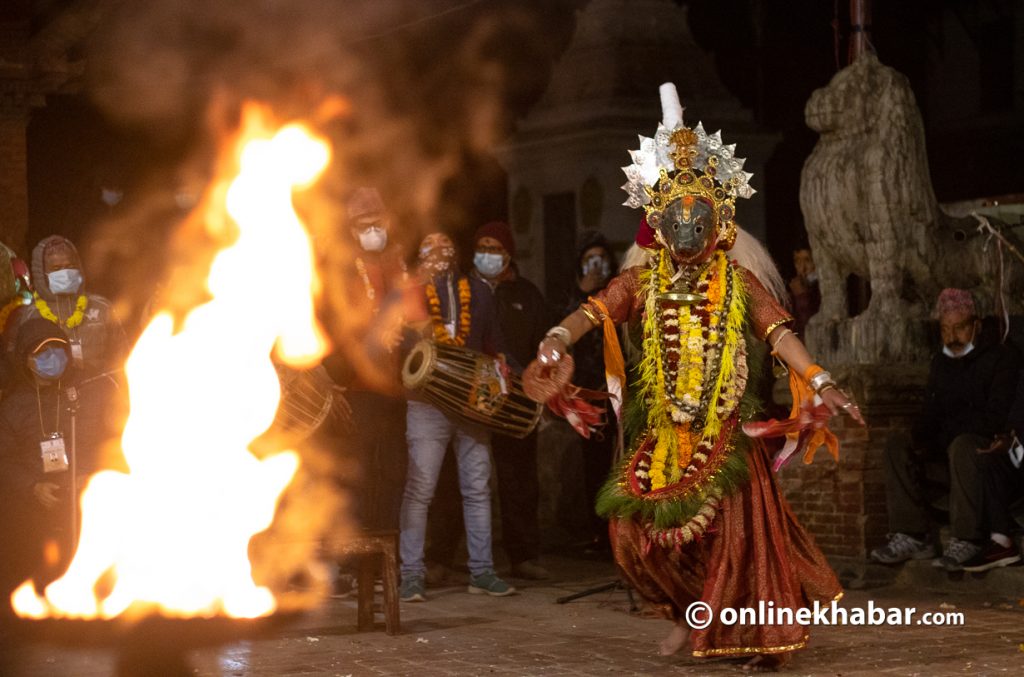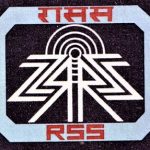
The 383-year-old Kartik Naach Festival is set to begin today at Kartik Dabali in the Patan Durbar Square area. According to Kiran Chitrakar, President of the Kartik Dance Preservation Committee, the traditional festival, which showcases different episodes of Lord Vishnu’s stories over the course of several days, will run until November 15.
The Kartik Dance tradition was initiated by Malla King Siddhi Narsingh Malla as an annual event for the welfare of the people and nation. Historical records show the dance began in Nepal Sambat 761 (1697 AD). Each day features a different story of Lord Vishnu, making this festival unique among Nepal’s cultural heritage.
Originally, the festival lasted five days. King Siddhi Narsingh’s son, Srinivasa Malla, extended it to 15 days by adding the Bathah Pyakhan (folk drama), Sudama Pyakhan, and Surdas Pyakhan. Due to financial constraints, the dance is currently limited to 10 days.
This dance tradition, part of Nepal’s intangible heritage, is believed to have been introduced by Siddhi Narsingh’s teacher, Pandit Harivansha Upadhyaya, and spiritual mentor, Vishwanath Upadhyaya, to free the people of Lalitpur from fear. The performances, initially in the Maithili language, are now conducted in Nepal Bhasa to make it more accessible to the Newa community.
The festival, regarded as the world’s longest theatrical event, historically spanned 27 days. However, following the 1951 revolution, it was shortened. Between 1952 and 1980, it was condensed to two days, featuring the Baraha and Narasimha avatars. From 1981 to 2012, the dance lasted eight days, later extending to 10 days in 2013 and 12 days until 2019. Due to the COVID-19 pandemic, only two performances were held in 2020. Since then, the full 27-day festival has not been revived due to the time and resources required.
Organisers face financial challenges in conducting the festival. “It requires at least 20 performers each day, and it’s difficult to pay them adequately. We hope to preserve the Kartik Dance, but maintaining a month-long program remains challenging without sufficient funds,” said artist Sanjay Sharma Rajopadhyay, coordinator of the festival’s publicity committee.
Rajopadhyay added that artists are unable to dedicate themselves professionally to the festival due to financial constraints and a lack of government support. Younger artists also face language barriers, with many migrating abroad. The Kartik Dance Preservation Committee has established a goal to set up a fund of 100 million rupees to sustain the festival. The committee also plans to provide scholarships and health insurance for artists, as well as language training for the next generation.
Lalitpur Metropolitan City has already contributed 10 million rupees to the endowment fund, with Ward No. 16 providing 1 million rupees and Ward No. 11 pledging 900,000 rupees this year. For this year’s festival, the Metropolitan City’s Industry, Tourism, and Conservation Committee has allocated 3 million rupees, while Ward No. 16 contributed 50,000 rupees, Ward No. 19 donated 75,000 rupees, and the NCEN Foundation and Samjhana Laboratory contributed 200,000 rupees and 50,000 rupees, respectively.



















